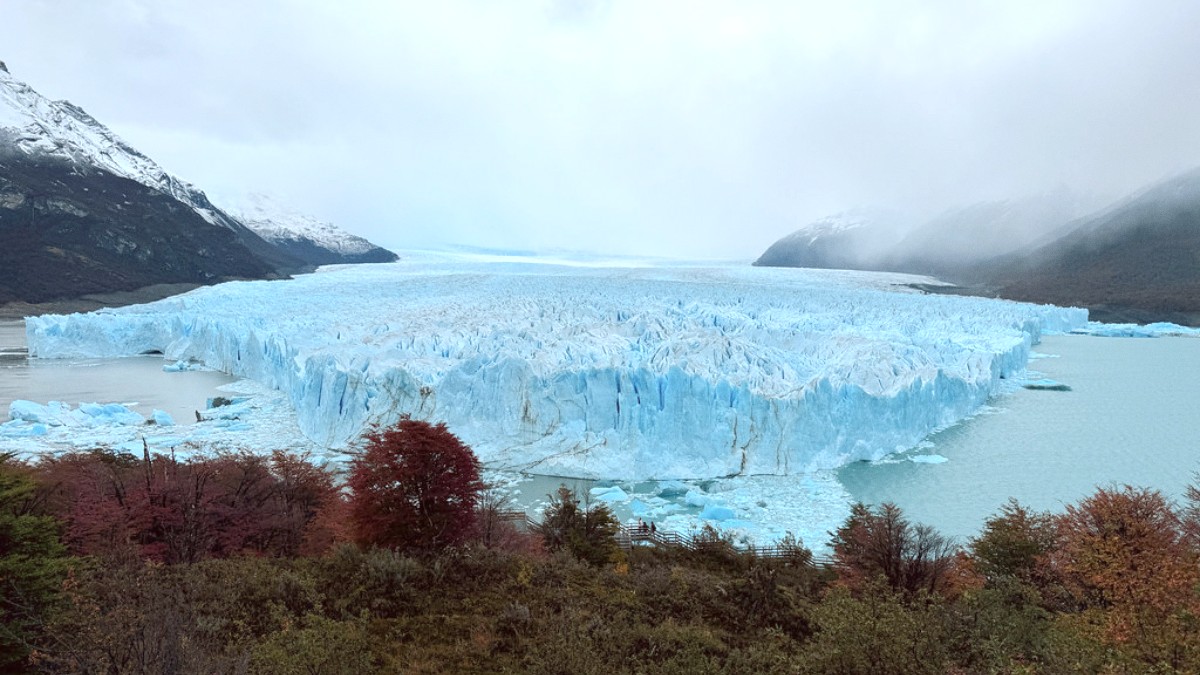
Southern Patagonia, Chile
Patagonia's weather is notoriously unpredictable. Expect all four seasons in a single day, regardless of the time of year. Layering is not just a suggestion; it's a necessity for comfort and safety.
Your most important item. They must be Waterproof, sturdy, and broken in. Consider mid-cut or high-cut for ankle support.
Comfortable Walking shoes or Sneakers for town exploration, bus travel, and relaxation.
Camp shoes/Sandals are useful for hostels or campsites. Wool or synthetic hiking socks. Avoid cotton socks.
Losing a document causes significant delays and stress. Carry physical and digital copies of all papers.
While Patagonia invites disconnection, some technology supports a safer, more convenient journey and captures memories.
Patagonia presents wonderful photographic opportunities.
Consider NordVPN or ExpressVPN for secure internet browsing.
Regularly back up photos and documents to cloud services (Google Photos, iCloud, Dropbox) or a Portable hard drive.
WhatsApp is widely used in Chile for communication.
A small, well-stocked personal health kit makes a difference.
Shield yourself from elements and maintain good health.
A physical map of Torres del Paine is a good backup for apps. Consider what to rent versus what to bring.
Some items offer specific advantages for Patagonian experiences.
Beyond the basics, these items make your journey more comfortable and secure.
Embrace sustainable travel practices and have essentials unique to Patagonia.
Refill and reduce plastic waste.
For shopping and souvenirs.
Use rechargeable batteries.
Avoid single-use plastics.
Roll clothes tightly to save space. Use Packing cubes to organize layers and items.
Weigh luggage before leaving home to meet airline weight limits. A compression sack is good for bulky items like a Sleeping bag.